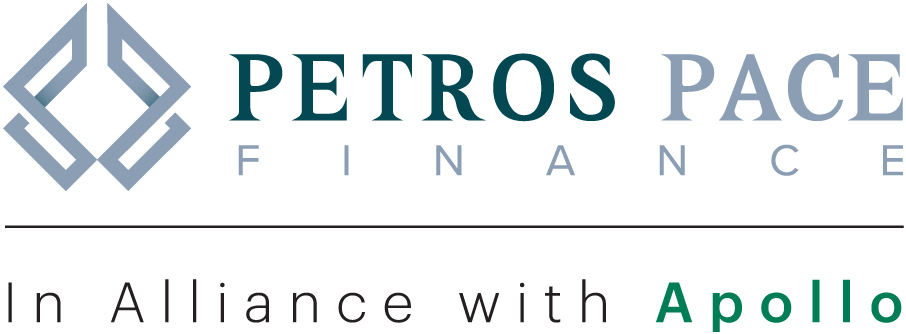
Mansoor Ghori is the CEO & Founder of Petros PACE Finance, a leading C-PACE provider.

Mansoor Ghori Forbes Councils Member
Forbes Finance Council
My colleagues and I have discussed the current state of the commercial real estate (CRE) market and the various factors affecting deals: high interest rates, lower lending amounts and improper valuations to name a few. We talk about C-PACE (commercial property assessed clean energy) as being a crucial element in the capital stack because of its financial sustainability and efficiency and its ability to fill gaps created by the very factors listed above.
While we are beginning to see more realistic valuations in the CRE market, it’s just the beginning of a return to health. Or perhaps a precursor to the beginning. The truth is, despite rising awareness and increased deal size, the sheer quantity of deals is down and there is an additional, crucial factor at play: insurance.
The Need For Resiliency In CRE
Consider this: We’re in what’s on pace to be the hottest year on record, we’re already into storm season and some are predicting a “supercharged September” with hurricanes and tropical storms in the Atlantic basin. Regardless of the cause, weather patterns are changing, and in states that experience more adverse weather, high insurance costs (up nearly 50% in some cases) are making CRE investments too cost-prohibitive to be justifiable. In some cases, it’s not just the costs, but the unattainability of insurance that precludes the deal.
So what does C-PACE have to do with all of this? Recall that C-PACE stands for commercial property assessed clean energy: used for financing resiliency, energy efficiency, water conservation and renewable energy measures. Yes, C-PACE has emerged as a financially sustainable solution in the capital stack—and—yes, it is intrinsically tied to measures that increase environmental sustainability by financing projects that help to future-proof properties in our changing climatic conditions.
In the short term, C-PACE finances an extensive list of efficiency and resiliency measures, many of which are currently or soon to be government-mandated building requirements, such as Local Law 97 in New York City. These requirements, in turn, become insurance must-haves, furthering the need for additional financing, such as C-PACE, which has proven itself to be cost-effective financing for energy upgrades on properties. It’s an elegant solution—economically sustainable CRE financing that promotes environmental sustainability through property projects and measures.
Of course, property resiliency isn’t the only thing driving insurance costs. But, consider this: Last year, the United States set a record for weather-related disasters with an economic impact of nearly $1 billion. Moody’s reported that as the count of weather-related disasters increases, so too do CRE insurance premiums; both were reported to be at record highs in the fourth quarter of 2023.
Mitigating Insurance Costs
At this year’s Construction Lenders Risk Forum, strategies for mitigating skyrocketing insurance costs were a hot topic of discussion, according to GlobeSt. Among the strategies that surfaced were: COPE data and property condition assessments. Both are comprised of detailed data—that can be provided to insurers in the underwriting phase—that expose the level of risk based on construction materials, surrounding environment, proximity to hazards, protection and resiliency measures based on potential exposure to climate disasters.
Navigating the ins and outs of CRE insurance can be a complex endeavor, and consulting with an insurance underwriter is highly recommended. An underwriter can provide invaluable insights into strategies for mitigating insurance costs and enhancing risk management. By evaluating specific projects and improvements, they can help identify measures that not only reduce insurance premiums but also decrease the overall carbon footprint of the property. This approach is beneficial in managing costs and promoting sustainability.
The impact of C-PACE financing on insurance costs and risk management can vary depending on the property’s location. For instance, CRE owners in coastal Florida or California and any other regions prone to natural disasters must undertake significant measures to address specific risks, such as fire hardening, hurricane resistance or seismic retrofitting. Engaging with multiple insurance brokers can provide a broader perspective on available options and potentially uncover different strategies for managing insurance costs. Additionally, it’s important to note that C-PACE assessments can be revisited in the future, allowing property owners to adapt their risk management strategies and improvements as climate conditions evolve.
Now more than ever, effective resiliency and efficiency measures in a property are crucial to the deal, as they can actually make the difference between insurance approval—with potentially reduced premiums—and deal death. Sustainable financing to help fund the creation or revitalization of more energy-efficient, resilient properties is exactly what C-PACE was made for.
The information provided here is not investment, tax or financial advice. You should consult with a licensed professional for advice concerning your specific situation.
